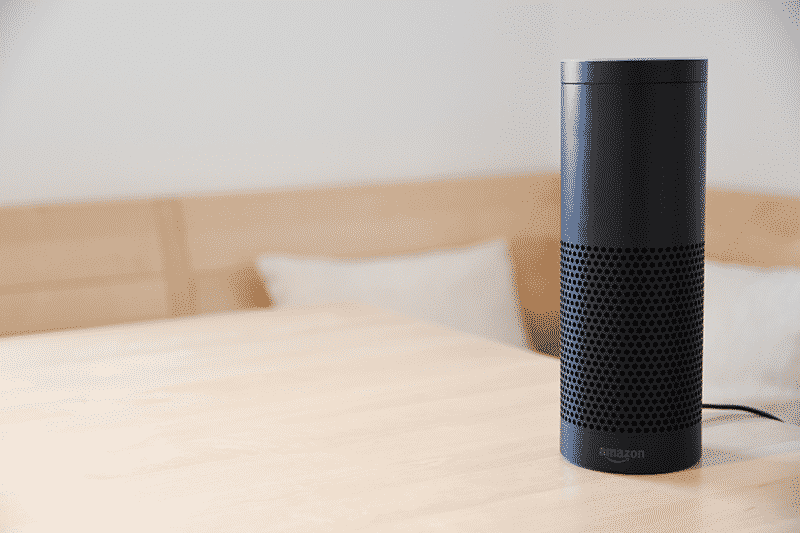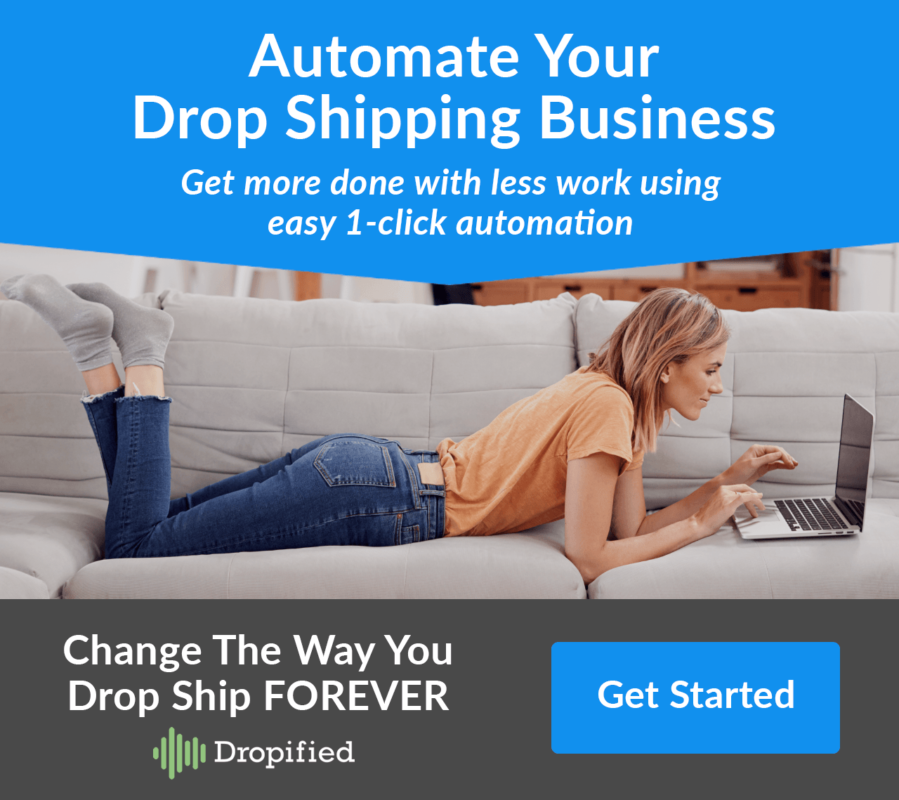Wondering how to sell on Amazon? Want a piece of the Amazon action? We don't blame you. Amazon is the world's third-largest retailer, which makes it the first stop for a huge portion of online customers.
Amazon also offers goods from third-party sellers, so it's a great opportunity for smaller stores to reach wider markets.
We've put together this beginner's guide to talk you through the steps.
The Basics
What is FBA?
Fulfillment by Amazon is a system Amazon sellers can use to expand their businesses without also having to expand their logistics chain. FBA is an Amazon-run scheme, so it's directly integrated into the Amazon seller tools. It's a simple solution for those wondering how to sell on Amazon.
Sellers can use FBA shipping to take advantage of Prime's speedy shipping. Given the popularity of Prime, using FBA can be a serious boost to your business. You may have noticed when buying from Amazon that listings will tell you whether the order is fulfilled by Amazon or by a third-party seller.
It doesn't make much difference to most customers whether they're buying from third-party sellers. But using FBA can help sellers reach larger markets without logistical problems.
How It Works
FBA is a simple scheme. Amazon has designed it to be largely automated and user-friendly. Sellers simply create their listings on Amazon.
Then they dispatch their goods to Amazon, where they're stored and cataloged. Once the listing is available, customers browsing Amazon will see it alongside other results.
Once a purchase is made, Amazon picks and ships the item to the customer. They'll even handle the customer service and returns side of the business. In return, Amazon takes a small fee that covers order handling, picking and packing, weight handling, and storage.
Getting Started
Now you know what Fulfilment by Amazon entails, it's time to look at the specifics. Below, we're covering how to sell on Amazon with FBA.
Step 1: Seller Account
You'll need a seller account before you can get started. Choose from a Professional or Individual account.
If you're only selling a few items, an Individual account will be enough.
If you're a larger store, then go for a Professional account. The sign-up process will walk you through the rest. Give your name and address, along with a payment method. Decide a good name for your store, and you're ready to go.
Step 2: Listing
There are three different ways to create an FBA listing on Amazon. The first is to add a product individually. This is ideal for listing a single item. But it's not practical for handling large amounts of stock. You can access single listing from your seller account.
From there, choose items in Amazon's online catalog or add them from scratch. Select the option for Amazon to dispatch the item and handle customer service under the delivery options. Second, you can use flat file feeds. Don't be confused by the terminology – a flat file is a way of describing a database without a hierarchy.
But you don't even need to know that much! Amazon provides an Excel template you can use to populate the file. After that, you can upload it as a .txt file to add multiple products at once. Finally, if you're managing a large inventory, there's API integration. This lets you integrate your website or inventory software directly with Amazon.
Step 3: Send Your Inventory
The next step is to send your inventory to Amazon so they can fulfill your orders. Amazon doesn't set any minimum inventory requirements, so you can send them anything from a single unit to the entirety of your stock. After you create your listing, Amazon's shipping workflow will walk you through the shipping process. The streamlined shipping process will allow you to print labels and identify any problems with your shipping order. Once you've created the shipment within Amazon, you'll dispatch it through your chosen courier service.
Amazon also provides a list of discounted shipping carriers, and these are experienced partners of Amazon. As such, they have knowledge of Amazon's processes, which can ensure your shipping goes smoothly. Amazon provides a pre-approved list of preferred packaging materials that can also save you money and ensure your parcels are secure.
Step 4: FBA
Once Amazon receives your goods, it's ready for FBA. At the Fulfilment Center, Amazon scans your item into their inventory and stores it securely. You'll be able to monitor your stock at Amazon using their online tool. Now your product will be visible on Amazon. FBA merchants enjoy a significant increase in sales, so this is a boost for your business.
Your listings will also be eligible for Amazon Prime and will put you in with a chance to become a Featured Merchant. When customers order your item, they'll be able to combine them with items sold by other merchants through Amazon.
Step 5: Shipping Plan
Shipping headaches are a reality for any growing online business. But FBA eases the process. When an order is placed on an FBA listing, Amazon's advanced systems pick and dispatch the item.
Customers can choose the shipping method they prefer and receive tracking information. If you're wondering how to sell on Amazon to foreign countries, then FBA can handle that, too. You can place listings in other marketplaces and Amazon will automatically fulfill them.
Step 6: Customer Service & Returns
If you're a small store, you might not have the capacity to handle customer service. Using Amazon FBA takes the customer service and returns aspect of your business out of your hands.
Amazon's internal customer service reps will handle this. You can rely on Amazon's expertise and systems to ensure customer issues are handled efficiently.
How to Sell on Amazon the Easy Way
Amazon put FBA together to help stores sell on Amazon without jumping through hoops. It's easy to use and anyone with a seller's account can do it. Be sure to follow along with our guide to get you started.
Need more tips to grow your business? Be sure to follow our blog or contact us to find out how we can help you!




I love this article, it gives me a hope to fulfill my dreams to start sell on amazon.